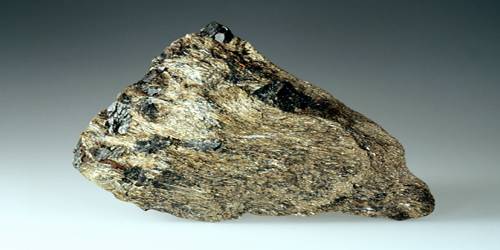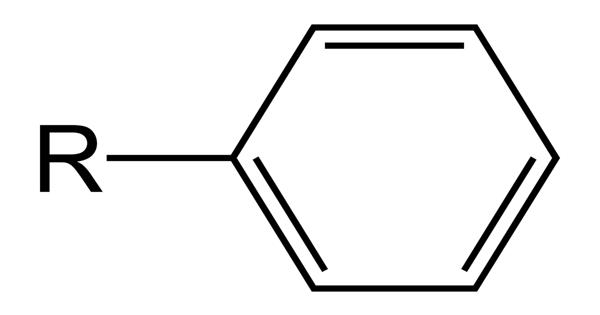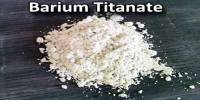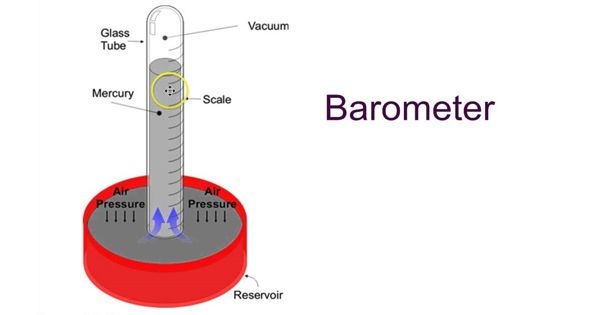Grunerite is a mineral of the amphibole group of minerals with formula Fe7Si8O22(OH)2. It is the iron endmember of the grunerite-cummingtonite series. It is not radioactive. It was discovered in 1853 and named after Emmanuel-Louis Gruner (1809–1883), a Swiss-French chemist who first analyzed it.
General Information:
- Category: Inosilicate
- Formula: Fe7Si8O22(OH)2
- Crystal system: Monoclinic
- Crystal class: Prismatic (2/m)
- Space group: C2/m.

Properties
It forms as fibrous, columnar or massive aggregates of crystals. The crystals are monoclinic prismatic. The luster is glassy to pearly with colors ranging from green, brown to dark grey. The Mohs hardness is 5 to 6 and the specific gravity is 3.4 to 3.5.
- Formula mass: 1,001.61 g/mol
- Color: Ashen, brown, brownish green, dark gray
- Crystal habit: Columnar
- Mohs scale hardness: 5 – 6
- Luster: Vitreous
- Streak: Colorless
- Diaphaneity: Translucent to opaque
- Specific gravity: 3.45
- Density: 3.4 – 3.5
- Ultraviolet fluorescence: Non-fluorescent.
Variation in optical properties, unit cell dimensions and density within this solid solution series is presented graphically in binary and ternary variation diagrams. Completely indexed powder diffraction patterns are given for three chemically dissimilar members of the cummingtonite-gruneril e series
Occurrence: Common in medium- to high-grade metamorphosed iron formations. A product of contact metamorphism, and in some blueschist facies metaquartzites.
Association: Magnetite, hematite, hedenbergite, riebeckite, fayalite, garnet, quartz.
Information Source;
















